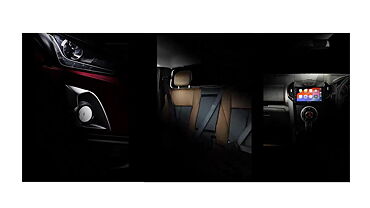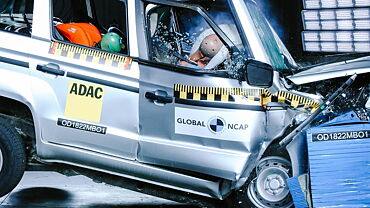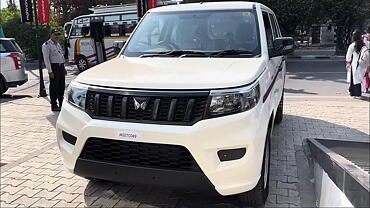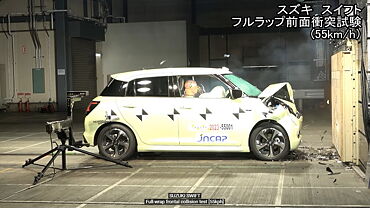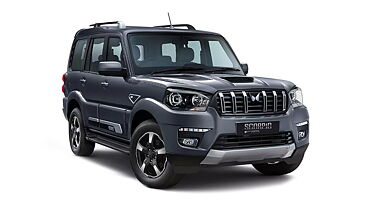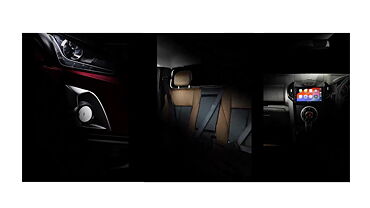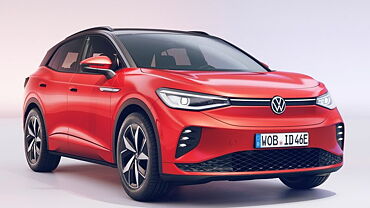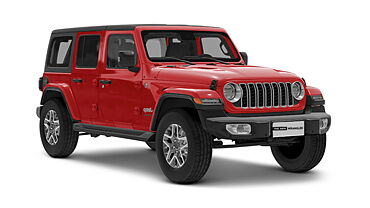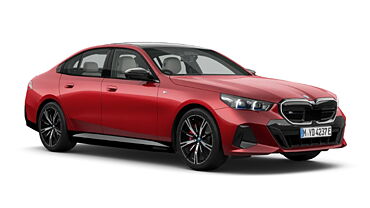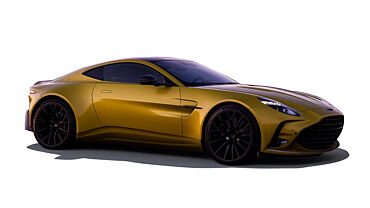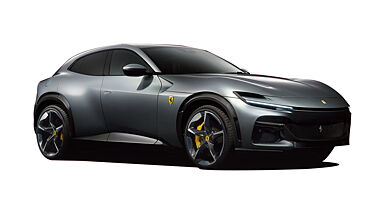Putting all speculation to rest Tata Motors has confirmed to a leading French financial daily that its air-powered car is just around the corner and has said that it is indeed collaborating to develop an air-powered car with a Nice, France based company Motor Development International (MDI).
The air car designed by Guy Negre, an aeronautics engineer who also founded MDI, claims to achieve speeds of more than 60 miles per hour and is expected to go into commercial production early this summer. MDI says using compressed air will result in zero tailpipe emissions, but will not provide enough speed to appeal to consumers, particularly in North America.
Detractors of the air car say compressed air also does not provide much energy and power which is a downer.
According to reports the first compressed air technology car or CAT car to be produced would be called the OneCAT, a basic car for urban and rural driving specifically designed to be driven in congested cities and priced in the $5,100 to $7,800 (Rs2.4 lakh to Rs3.12 lakh) range.
The car would be able to run a distance of around 300km between refueling. It would have a top speed of around 60kmh if it uses air alone and 200kmh using an air and fuel combination engine.
MDI says that a full charge of air, including the electricity used to compress it, would cost less than $3 or Rs120. In the dual-mode version, with assistance from fuel, it can achieve speeds of 100 miles per hour, and it would be able to cover 900 miles on less than a gallon of fuel (although the faster one goes, the shorter the range).
According to MDI the light bodies of CAT cars are made of glued-together fiberglass and injected foam that has survived crash tests. To simplify manufacturing the aluminum chassis would also be glued together and not welded.
The French company has developed several prototypes of its car since it created the first engine 14 years ago. It was also expected to bring out a car based on the compressed air technology in 2002. But with speed and power being an issue and in an era when fuel prices were no big deal global carmakers did not risk commercialising CAT cars in the western world.
The Tata involvement with the air car is mainly due to the fact that its chairman, Ratan Tata's has been increasing focus on the low cost of ownership of cars issue, the Nano being a case in point. No doubt the spur has been zooming prices of fuel to $100 a barrel in recent times.
It was actually in 2007 that Tata Motors announced its agreement with MDI to further develop and refine compressed-air engine technology and to produce and sell the emission-free cars in India. The company is said to have invested nearly $30 million in MDI as part of the agreement. (See: Tata Motors, MDI of France sign technology pact)
Tata Motors is expected to begin production of the air car this year. Spain and Australia are other countries which will also begin manufacture of air cars.
MDI is also expected to begin mass production of the cars at its factory in France.
Detractors of the car mostly found in the US say that for a CAT car to be successful there is a need to build a large number of compressor stations across cities and there is a need to enforce strict safety standards. (The air car cannot be fuelled using the air pumps currently found at petrol pumps.)
The Tatas are also looking at the feasibility of applying the technology to power generation as the French company has specified that compressed air technology can be applied to emergency generators.
How an Air car works:
Air car models have a four-piston engine powered by compressed air stored in tanks at 4,500 pounds per square inch. The lightweight tanks are manufactured by Airbus Industries and hold around 3,200 cubic feet of air.
The air car is propelled when compressed air from the tanks is injected into a small chamber, where it expands and cools. This expansion pushes a down stroke of the piston and as the temperature again heats the air in the first chamber, that air is forced into a second chamber, where it expands again to drive an upstroke.
The use of ambient heat helps capture more energy in the compressed air, improving the efficiency and expanding the range of MDI's air car. And compared with four-stroke combustion engines, in which half of the strokes are wasted to pull air and fuel into the chamber, the air engine makes use of every stroke.
Engineers say compressed-air systems, despite being less efficient than battery-powered cars, are simpler and cheaper to manufacture, and unconstrained by the degradation problems associated with current battery systems.
To increase the speed and power of the vehicle, MDI is planning to come out with an optional dual-mode system that allows the car to run on fossil or biofuels either when its speed exceeds 35 miles per hour or when the compressed-air tanks are empty.



